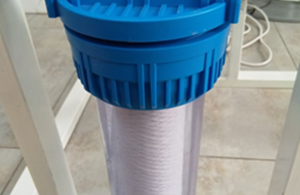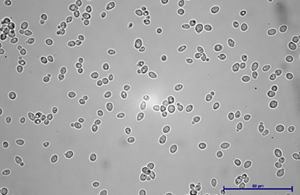Research and development of composite and purely nanofibrous structures for environmental, industrial and biomedical applications

Provider: MPO
The goal of the project is to implement a research program and create a knowledge base with pre-competitive nature of research outputs mainly in the following selected areas:
- Via systematic research and development, to achieve a hybrid polymer membrane modified by nanomaterials, which will show long-term stable antimicrobial properties, and which will be applicable for effective filtration of biologically contaminated water
- Implementation of membrane technologies in food technology, both in the conventional (must and wine filtration) as well as in the highly innovative technological part
- Research and development of linear nanofibrous yarns with a minimum proportion of core yarn and a maximum proportion of nanofibrous component
- Research and development of biotechnological and analytical methods and procedures leading to the efficient and sustainable acquisition of biomass with high potential for the isolation and production of biomedical substances
- Study and testing of the therapeutic potential of nanofibrous scaffolds as carriers of selected types of human mesenchymal stem cells for the treatment of articular cartilage defects
- Research and development of an injectable system based on functionalized nanofibers and a self-organizing gel with bioactive substances for laparoscopic operations in the therapeutic area of tissue defect regeneration
- Study of the safety assessment and effectiveness of the surface and internal application of a covering material made of nanofibers functionalized with blood derivatives for its use in internal and external wound coverings and fixation materials for regenerative medicine
- Research and development of biosensors based on second-generation nanofibers for the capture of specific molecules with the aim of using the huge surface of the nanostructure for the capture of molecules, both for non-specific capture and for specific capture by modifying the physico-chemical properties of the surface of the nanofibers or by modifying them with specific antibodies, with
which the molecules react


































































































